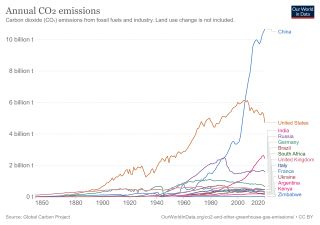.Business Improvements: Transferring business data to more advanced data processing tools offers you better data analytics, real time dashboards, and can give you better, ‘time lined’ insights, into how your business is performing in a competitive market space.
Businesses are obliged to adapt to new and emerging technologies, as computer systems evolve, just to stay current and to continue to protect their ability to access their data. Failure to maintain systems, incurs the risk that your computer processing systems become obsolete. Over a period of time, systems lose their ability to access valuable business information. Upgrading systems necessitates going through a number of technical transitions in order to get the advantages offered by newer technology.
-
Data Migration –
How businesses maintain a competitive lead by improving their analytical tools whilst keeping their existing business data current and available.
In a previous post, we explored aspects of data analysis and how you use analysis strategies to identify and solve problems, such as incompatible or incomplete data records. Issues such as corrupted or invalid data records do sometimes occur as a result of using older legacy data processing tools.
In this article, we consider four different types of data migration that can be used to enhance your data management with the latest analytic data processing technologies.
-
- Upgrade your existing database development tools: This involves attaching new tools to your existing database. You can then use the newer tools to upgrade your existing data, in order to make your data storage compatible with the most modern feature rich data management processing.
- Data Merging: A data warehouse is created to provide access to data in a number of disparate data sources and databases.
- Data consolidation: Merging some of your existing databases together.
- Split database application: Build an application layer on top of an existing database in order to connect your old database architecture with newer technology. Application layers are computer programs, these programs, present data screens and reports to business users and allow the user to see and modify data stored in back-end databases.
 BI Business Intelligence data processing is increasingly popular as more public and open-data-sources of raw data become available. Continue reading B2B Database Migration – P3 Types of data migration
BI Business Intelligence data processing is increasingly popular as more public and open-data-sources of raw data become available. Continue reading B2B Database Migration – P3 Types of data migration

